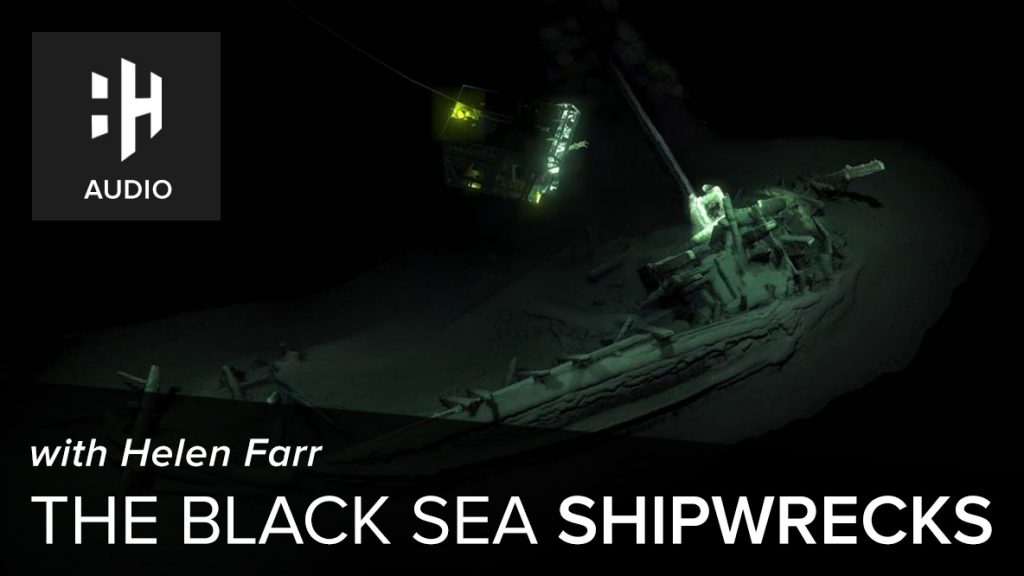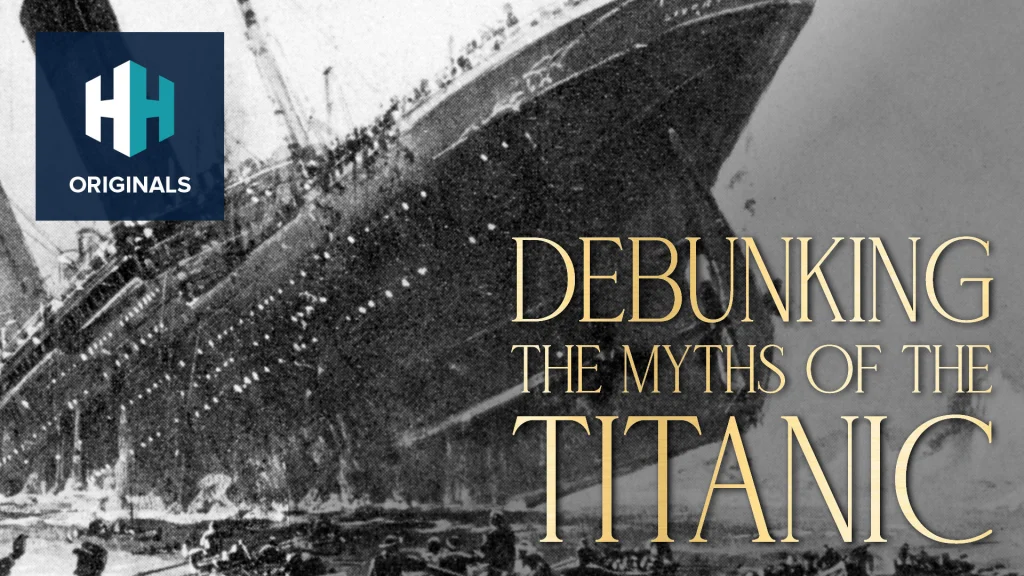If ever we needed reminding of the might of the ocean, all we need do is look at the wealth of shipwrecks scattered around the globe. These fascinating remnants make for incredible photo opportunities and each comes with its own story, demonstrating just how wild and unpredictable the ocean can be.
Then consider an estimate by the United Nations which puts the number of shipwrecks lying undiscovered in the sea at around 3 million, meaning we’ve only found and explored a fraction of what’s out there – potentially around 1%.
But for the time being, enjoy seeing what’s already been uncovered with our pick of 10 famous historical shipwrecks from across the world. Some are accessible only by experienced divers, some are preserved in museums, but many are still accessible for anyone who makes their way to the beach.

1. HMS Vixen, Bermuda
Built in London as a Royal Navy armoured gunboat in 1864, HMS Vixen went on to serve a short military career, as the ship was found to be too slow for use in battle. Vixen and sister-ship Viper were towed to Bermuda in 1888 to act as stationary defense aids for the Royal Naval Dockyard, before being used as accommodation for the dock workers.
Eventually, the engine and other valuable parts were sold off and Vixen was scuttled (deliberately sunk) in a narrow stretch of water near Daniel’s Head Beach to help prevent possible torpedo attacks. Vixen’s bow now pokes out of the water and the remains have become a local attraction, regularly visited by divers, tour boats and jet-ski safaris.

2. Sweepstakes, Canada
This surprisingly beautiful schooner is an impressive sight, lying just 20 feet deep in crystal-clear waters in Fathom Five National Marine Park, in Ontario, Canada. Sweepstakes was built nearby in Burlington in 1867, but was damaged in 1885 and then towed to Big Tub Harbour, where repair work was vetoed.
Sweepstakes sank at the harbour soon afterwards and is now popular with divers and snorkellers keen to see the amazingly well-preserved remains. This includes an almost-fully-intact hull, which can also be seen from above the water.


3. Eduard Bohlen, Namibia
The middle of a desert isn’t the first place you expect to see a shipwreck, but there are numerous remains to be found along Namibia’s Skeleton Coast, the most famous of which is the Eduard Bohlen. This German cargo ship ran ashore and became stranded in 1907 on its way from the Namibian city of Swakopmund to Table Bay in South Africa, probably due to thick fog.
Gradual sand movement over the years has shifted the ship around 500 metres from the coast and further into the sands, where it lies half-covered, producing a mirage-like spectacle.

4. Thistlegorm, Red Sea
When it was sunk in the Red Sea by two German bombers in 1941 (tragically killing nine men from the crew of 50), this British Merchant Navy ship was carrying a valuable haul of cargo that included guns, ammunition, trucks, motorbikes, aircraft parts and even locomotives. Some of this cargo remains underwater with the Thistlegorm in its resting place on the seabed, helping to make it one of the most popular shipwrecks in the world for divers. An estimated one million divers have journeyed down to the photogenic wreckage.
Famed oceanic explore Jacques Cousteau rediscovered the Thistlegorm in the early 1950s and raised several items from the remains.

5. SS Maheno, Australia
Constructed as a steam-powered passenger ship in 1905, the SS Maheno was converted into a hospital ship during World War One, resuming its status as a commercial ocean liner after the war ended.
In 1935 the ship was sold to a Japanese shipping yard for scrap metal, but never quite made it to Japan. A cyclone broke the tow-line being used to transport the Maheno from Sydney to Osaka, and the ship drifted ashore onto the paradisical sands of Queensland’s Fraser Bay, where it remains today.

6. Fujikawa Maru, Federated States of Micronesia
Although the initial loads of Fujikawa Maru were items like silk and cotton (as well as passengers on its commercial runs), just two years after it was built the cargo changed dramatically, when the Japanese Navy recommissioned the vessel in 1940. The ship was armed and then used to transport aircraft, but was hit by a torpedo from an American submarine in 1943.
The Fujikawa survived the damage and continued to transport aircraft, but was bombed more heavily in 1944 as part of a large-scale American attack. This time, the damage was too much and the Fujikawa sank in Chuuk Lagoon, a coral reef in the Pacific Ocean within the Federated States of Micronesia. Large sections are still intact and the wreckage has become internationally acclaimed as a dive site.

7. RMS Titanic, Atlantic Ocean
No list of notable shipwrecks would be complete without history’s most famous example, the Titanic. The largest cruise ship ever built at the time, 1911, the Titanic set sail on its maiden voyage from Southampton, England, to New York, United States, on 10 April 1912, carrying over 2,200 people as passengers and crew.
In the early hours of 15 April, the Titanic struck an iceberg, which eventually sunk the ship, killing over 1,500 people. It wasn’t until 1985 that the wreckage was located and it was discovered that the vessel had split into two pieces as it sunk. Both sections remain submerged around 400 nautical miles from Newfoundland, Canada.


8. Vasa, Sweden
When it was built in 17th-century Sweden, Vasa was believed to be the most advanced warship in the world, until its maiden voyage revealed fatal design flaws. Vasa sank just 20 minutes after setting sail on 10 August 1628, after strong winds rocked the boat and water began to enter the ship through a low row of cannon holes. An estimated 30 crew members were killed and the whole episode was watched by large crowds who had gathered for what was meant to be a proud moment for the country.
It took more than 300 years for Vasa to be recovered, when the ship was finally raised in 1961 and found to be almost completely intact. It’s now on display in Stockholm, Sweden’s capital, in the Vasa Museum.

9. SS Francisco Morazan, United States
When it was built in Hamburg in 1922, this cargo ship was named Arcadia, the first of many names it acquired. Over almost four decades, the ship was passed between countries and continents. When sailing from Chicago to Rotterdam in the Netherlands in 1960, heavy snow and fog caused the ship (now named Francisco Morazan) to become grounded near the shore of uninhabited South Manitou Island in Lake Michigan. Rescue teams were alerted and the ship’s captain, his pregnant wife and the crew were safely removed over the coming days.
The ship remained stranded in shallow waters and is now popular with divers and hikers, as it can be easily seen from land. It’s also home to various sea birds, who have at least found a use for the deserted vessel.

10. Cabo Santa Maria, Cape Verde
There’s some dispute over what Spanish cargo ship Cabo Santa Maria was transporting to Brazil in 1968. Some say it was carrying church bells to be used in the Cathedral of Brasília (which hadn’t yet officially opened at that point) alongside produce like oil, vinegar and vegetables. Others claim the ship carried gifts (including sports cars) and supplies from Spanish dictator Francisco Franco.
Whatever the cargo was, it didn’t make it to South America, as the Cabo Santa Maria ran aground off the coast of Boa Vista, an island in Cape Verde. The crew were safely evacuated and a tugboat tried, unsuccessfully, to recover the ship. When it came to recovering the mysterious cargo, local residents were reputedly enlisted to help unload the goods over the coming months. Now, all that remains is a huge, heavily rusted metal carcass. This eye-catching beast is slowly eroding and dissolving, little by little, but is still holding its own against the sea for the time being.

